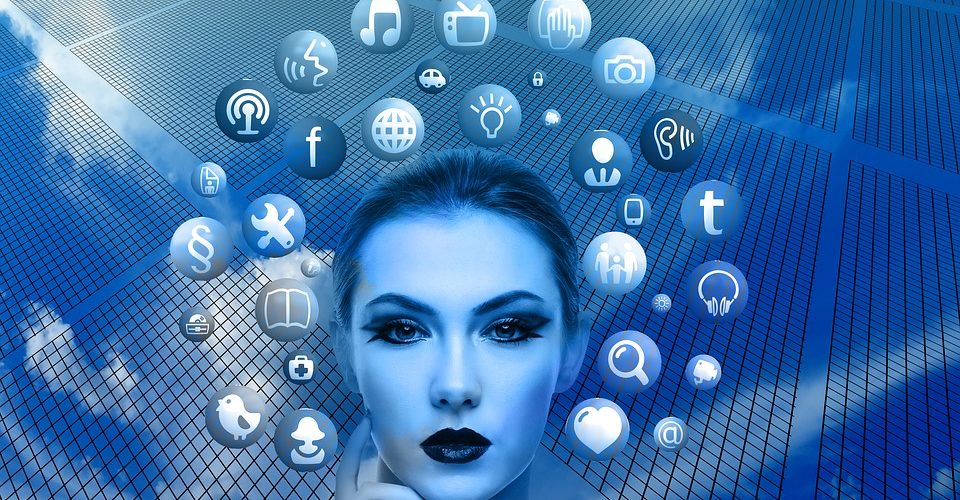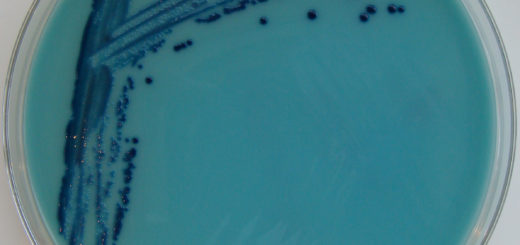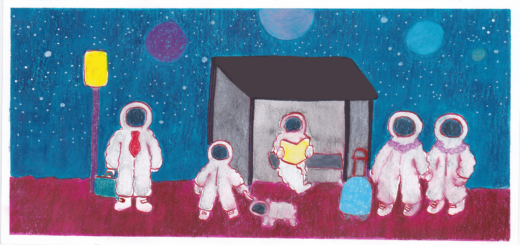Anti-Social Media & The Viral News Epidemic

“You are not entitled to your opinion. You are entitled to your informed opinion. No one is entitled to be ignorant.” Harlan Ellison (1934-2018)
In early 2018, it was alleged that British political consulting firm, Cambridge Analytica, used personal data from Facebook users, without their consent, to assist their political party clients in their campaigns. They did so by creating targeted online messages and advertisements (known as dark ads) based on the psychological profile of their audience at a personal level. These messages included selected news items (of which some were supposedly entirely fabricated) most likely to persuade an individual to vote in a certain way. The ‘news’ items shown to individuals included propaganda against Democratic candidate Hillary Clinton, to benefit Republican candidate Donald Trump, and news stories, such as examples of violence from immigrants, which may push readers towards more conservative Republican values. The posts were selected using a machine learning technique called clustering, in which people are sorted into distinct groups according to observed characteristics, such as your Facebook ‘likes’, linked social media accounts, and demographic information, such as age, sex, and location, and more 1.
It has also been alleged that Twitter bots (fake accounts run by artificial intelligence) have been used to manipulate the stock market for short-term changes in value 2.
In these cases, misinformation was spread maliciously through social media with the deliberate intent to skew perceptions to align with the perpetrator’s agenda. However, sometimes the stories shared online can have effects not planned for by the instigators and participants, and indeed horrifying outcomes can occur from the best intentions. In this age, anyone can share a story on their social media and find within a matter of hours that it has become ‘viral’ news worldwide. In the 2013 Boston Marathon, two homemade bombs killed 3 people, dismembered 16, and injured hundreds more. Users of the social media forum site Reddit collectively decided to assist investigations by investigating photos taken near to the sites of the bombings which were made publically available through the website FLICKR 3,4. While multiple individuals were accused by users, one 17-year–old male quickly became the focus of the hunt – particularly after the discovery that he had been missing since the bombing. Discussion zeroed in on the suspect all over the internet, and users even posted threatening messages on his family’s social media, even after he had been cleared by federal investigators. Eight days after the bombing he was found to have committed suicide.
This is not a problem solely affecting the Western world, either. Over twenty men in India were beaten to death by a mob earlier this year after being mistaken for child kidnappers following inaccurate news being spread using the messaging app, WhatsApp 5. As these cases show, viral stories on social media can have devastating effects on the lives of targeted individuals. In addition, the spread of misinformation through social media has a tangible impact on the long-term behaviours of whole populations, notably on the uptake of health care and health research. Recent examples of this include the rise of the anti-vaccination movement 6, the kick-back against the infant heel prick test in light of concerns about their data storage methods 7, and resistance to DNA and genealogy research after the capture of the infamous murderer, known as the ‘Golden State Killer’, using ancestry records 8. We are in an age of ‘anti-intellectualism’ – shunning experts in favour of the consensus of the uninformed but theoretically unbiased masses.
Unsurprisingly perhaps, some are more susceptible to fall victim to fake news and misinformation than others. The study “Political Orientation Predicts Credulity Regarding Putative Hazards” by Fessler et al. (2017) found that social conservatives (those who believe in the value of maintaining the status quo of social and moral issues) were more likely to believe false statements reporting a hazard, such as a particular vegetable contained toxins. De Keersmaeker & Roets (2017) found in their paper “‘Fake news’: Incorrect, but hard to correct”, that those with lower cognitive ability were less able to correct their attitudes upon the revelation that they had been misinformed. Multiple studies have also found that statements that were repeated more often were more commonly predicted to be true, suggesting that repeated exposure to an unreliable news source can increase the likelihood that a story will be believed 9. This leads to a self-perpetuating cycle; research has found that fake news often travels faster than truth on social media.
As communication becomes easier and faster, information can travel in seconds around the planet. Viral news brings great potential for scientific discoveries to reach a wide audience in a timely manner and bring faster change than our predecessors could ever have predicted, but these changing times have brought both a wave of scepticism and almost paradoxically an epidemic of falsehood. It is the responsibility of those who speak to ensure that messages put out into the world can pass through ‘Chinese Whispers’ with integrity intact, but even more so, it is the responsibility of those who listen to challenge our own preconceptions, and avoid falling into traps of believing news simply because we have heard it before, or because it is believed by our peers.
“Fall from ignorance, and you will rise to reason.” ― Matshona Dhliwayo
This article was specialist edited by Daniele Guido and copy edited by Kirsten Woollcott.
References
- https://motherboard.vice.com/en_us/article/mg9vvn/how-our-likes-helped-trump-win
- https://www.telegraph.co.uk/business/2018/03/31/twitter-bots-manipulating-stock-markets-fake-news-spreads-finance/
- https://www.theatlantic.com/national/archive/2013/04/reddit-find-boston-bombers-founder-interview/315987/
- https://www.nbcnews.com/news/asian-america/wrongly-accused-boston-bombing-sunil-tripathys-story-now-being-told-n373141
- https://globalnews.ca/news/4333499/india-whatsapp-lynchings-child-kidnappers-fake-news/
- http://www.iflscience.com/health-and-medicine/one-map-sums-damage-caused-anti-vaccination-movement/
- https://www.telegraph.co.uk/news/health/7756320/DNA-database-created-from-babies-blood-samples.html
- https://www.vox.com/2018/4/27/17290288/golden-state-killer-joseph-james-deangelo-dna-profile-match
- https://papers.ssrn.com/sol3/papers.cfm?abstract_id=2958246










